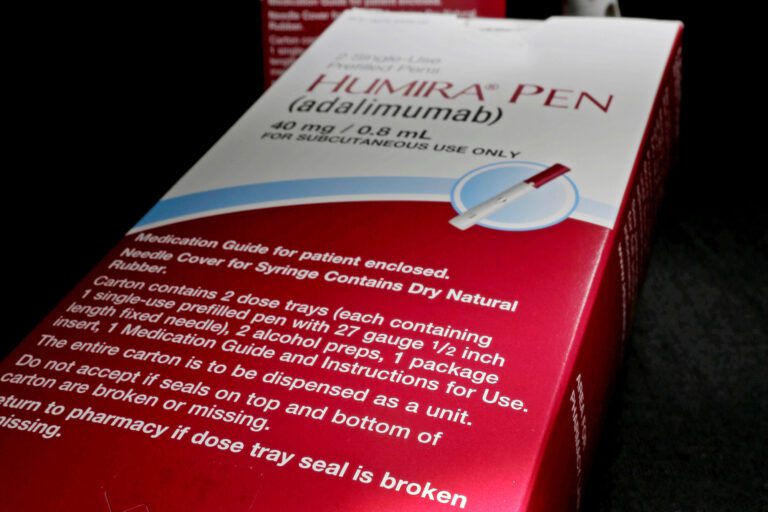Streamlining Approval for Biosimilars: A Path to Affordable Biologic Drugs
Introduction
Health costs associated with biologic drugs are soaring, placing immense financial strain on patients and healthcare systems alike. With developments from the Department of Health and Human Services, there’s a promising shift underway aimed at reducing both the time and expense involved in approving lower-cost alternatives known as biosimilars.
Understanding Biologic Drugs
Biologics are prescription medications derived from living organisms, including bacteria or human cells. These drugs are essential for treating serious conditions such as:
- Cancer
- Autoimmune disorders
- Rare diseases
Interestingly, while biologics account for only 5% of prescriptions in the United States, they represent over half of total drug spending in 2024. As Health Secretary Robert F. Kennedy Jr. points out, some biologic treatments can cost patients upwards of $500,000 annually. He emphasizes that this reality amounts to a "hostage crisis" rather than a functioning healthcare system.
Financial Burden on Patients and Systems
Even those insured face significant out-of-pocket expenses for biologics. Programs like Medicare and Medicaid are also grappling with increasing costs associated with these expensive drugs.
The Role of Biosimilars
Biosimilars present a viable solution, serving as lower-cost alternatives to conventional biologics. These generic versions allow patients access to essential treatments without breaking the bank. Currently, there are only 76 approved biosimilars, holding a modest market share of under 20%. Notably, biosimilars are available for treating:
- Cancer
- Rheumatoid arthritis
- Diabetes
- Crohn’s disease
- Osteoporosis
FDA’s Initiative to Simplify Approval Processes
During a recent press conference, Secretary Kennedy revealed the FDA’s plan to streamline the approval process for biosimilars. Dr. Martin Makary, the FDA Commissioner, supports this initiative, projecting that it could reduce the time for approvals—currently spanning 5 to 8 years—by up to 50%. The proposed changes aim to:
- Cut down unnecessary clinical testing
- Facilitate market entry for biosimilars
- Enhance patient access to affordable medications
Dr. Makary stated, "By streamlining the biosimilar development process and helping advance interchangeability, we can achieve massive cost reductions for advanced treatments."
Potential Outcomes of Streamlined Approvals
Kennedy believes that simplifying the approval process could result in the approval of many more biosimilars, expecting the number to potentially double. This push is critical as only 10% of biologic drugs set to lose patent protection in the next decade currently have a corresponding biosimilar in development.
The Task Ahead
Kennedy asserts that, "For too long, a burdensome approval process has kept patients from accessing more affordable biosimilars." The FDA’s actions aim to:
- Accelerate biosimilar development
- Drive market competition
- Expand patient options
- Advance public health initiatives
Future Directions
In addition to these changes, the FDA is also working on initiatives to classify biosimilars as interchangeable with brand-name biologics. This classification will not only aid patients in making informed choices but also empower pharmacists to suggest lower-cost alternatives seamlessly.
Conclusion
The ongoing reforms at the FDA signify a pivotal moment in addressing the financial challenges posed by biologic medications. By supporting the development of biosimilars, healthcare systems can hope to alleviate some of the burdens on patients and promote a more responsive, cost-effective healthcare model.
For more information about biosimilars and their implications, please visit Health and Human Services and FDA Biosimilar Information.


